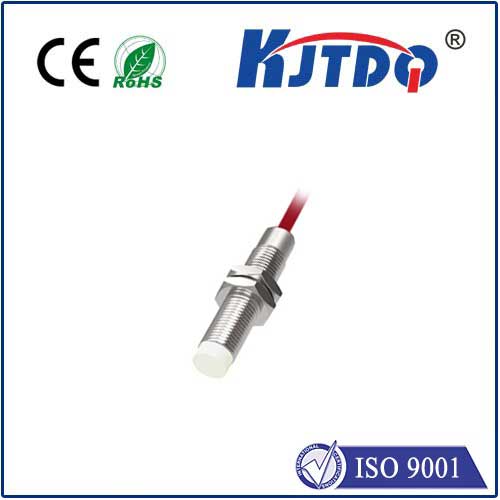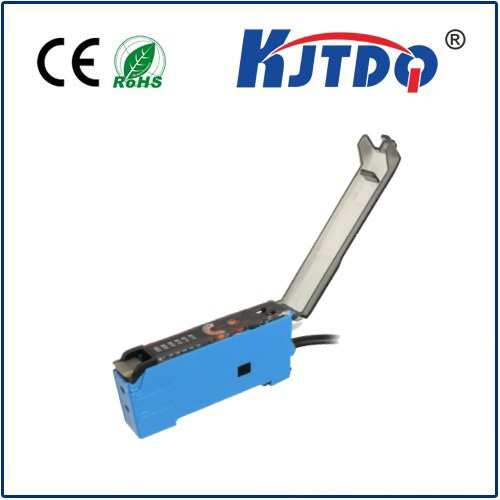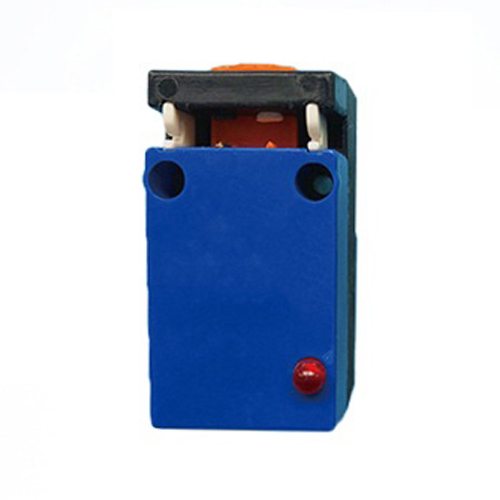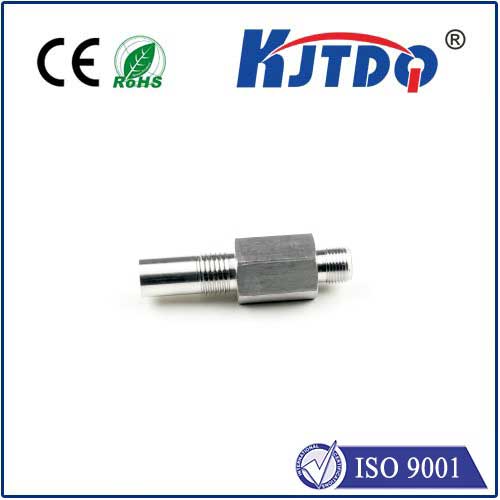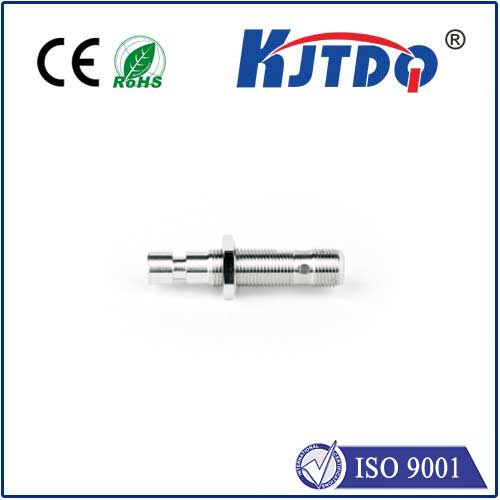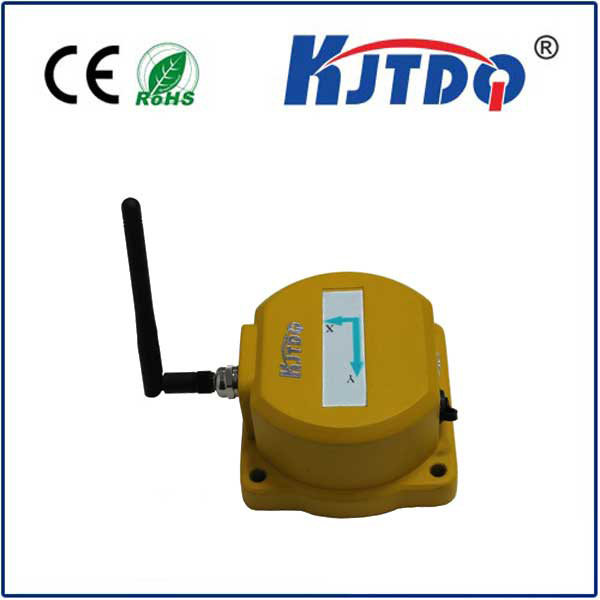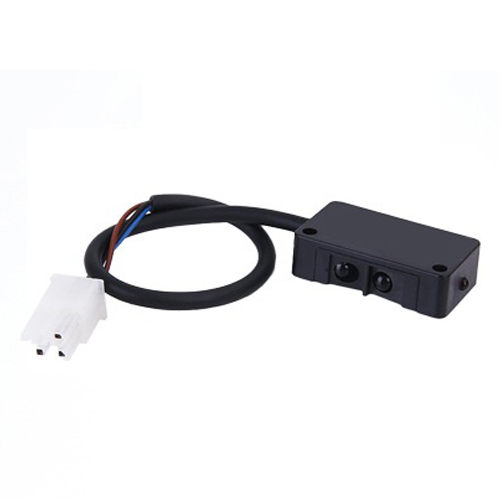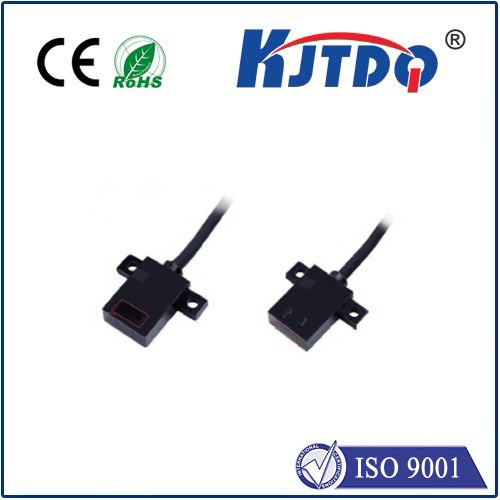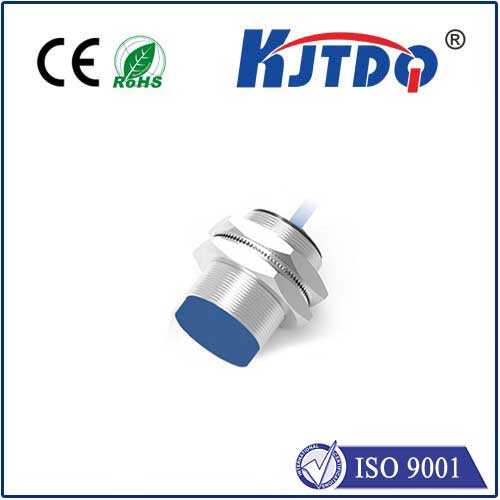adc temperature sensor
- time:2025-08-23 01:59:39
- Click:0
Unlocking Precision: How ADCs Power Accurate Temperature Measurement
Imagine relying on a thermometer that only gave you vague ranges like “warm,” “hot,” or “cold” for critical industrial processes, delicate medical equipment, or even ensuring your car engine runs efficiently. Precision matters. At the heart of transforming the subtle, real-world language of heat into the precise digital numbers we depend on lies a crucial component: the Analog-to-Digital Converter (ADC). Understanding the ADC temperature sensor relationship is fundamental to grasping how modern devices reliably monitor and control temperature.
The Analog Challenge: Sensing Heat Itself
Temperature, fundamentally a measure of thermal energy, exists as a continuous, analog physical property. Sensors like thermistors, RTDs (Resistance Temperature Detectors), and thermocouples act as translators, converting this thermal energy into another analog quantity:
- Thermistors: Change electrical resistance significantly with temperature (highly sensitive, often nonlinear).
- RTDs: Change electrical resistance predictably and linearly with temperature (high accuracy and stability).
- Thermocouples: Generate a small voltage proportional to the temperature difference between two junctions (robust, wide range).
The output from these sensors is an analog signal: a smoothly varying voltage or resistance level that mirrors the temperature it’s experiencing. While immensely valuable, this raw analog signal presents a problem for our predominantly digital world. Microcontrollers (MCUs), computers, and digital displays cannot directly interpret or process this continuous analog value. They operate in the binary realm of 1s and 0s.
Enter the ADC: Bridging Worlds
This is where the ADC, or Analog-to-Digital Converter, becomes indispensable. Think of it as a sophisticated translator and quantizer. Its core function is to:

- Sample: Take a snapshot of the analog input voltage (derived from the temperature sensor) at a specific moment.
- Quantize: Map that sampled voltage level onto the nearest discrete step within its defined range.
- Convert: Represent that discrete step as a binary number (a series of digital bits).
This digital output (e.g., a 10-bit, 12-bit, or 16-bit value) is what the MCU can read, process, log, display, or use to make control decisions. The ADC is the critical link, turning the sensor’s analog representation of temperature into a digital value usable by the system.
Integrating ADC and Sensor: Key Considerations
The seemingly simple act of connecting a temperature sensor to an ADC involves careful system design for optimal accuracy and reliability:
- Signal Conditioning: Raw sensor output often needs preparation before it meets the ADC. This can include:
- Amplification: Thermocouples produce microvolts; thermistor/RTD voltage drops might be small relative to ADC range. An amplifier boosts the signal.
- Excitation: RTDs and thermistors require a stable current source or voltage reference to generate a measurable voltage drop.
- Linearization: Sensors like thermistors are nonlinear. Algorithms or circuit techniques are used to linearize their output for direct temperature conversion.
- Filtering: Removing electrical noise (noise reduction) that can corrupt the sensor signal is vital for accurate ADC readings.
Reference Voltage (Vref): The ADC needs a stable and accurate reference voltage to compare the input signal against. This Vref defines the ADC’s input range and directly impacts measurement accuracy. Any drift or noise on Vref introduces error. High-precision voltage references are often essential for temperature sensing.
ADC Resolution and Accuracy:
- Resolution: This is the smallest change in analog input voltage the ADC can detect, defined by its bit count. A 12-bit ADC over a 3.3V range has a resolution of 3.3V / 4096 ≈ 0.8mV. Higher resolution allows detection of finer temperature changes. Resolution is critical when measuring small temperature deltas.
- Accuracy: This defines how close the ADC’s digital output is to the true analog input value. It’s affected by factors like non-linearity, offset error, gain error, noise, and Vref stability. System accuracy is typically worse than just the sensor’s or ADC’s standalone specs. Calibration at known temperatures is frequently required to achieve high accuracy.
- Sampling Rate: How frequently the ADC takes a sample. While temperature changes relatively slowly, adequate sampling is needed to capture transients or, more commonly, to allow for effective noise reduction through averaging multiple samples. Oversampling is a common technique to improve resolution and reduce noise.
Why ADC Choice Matters in Temperature Sensing
Selecting the right ADC is paramount for a temperature sensing system’s performance:
- High Precision Applications (Lab Equipment, Medical): Demanding applications prioritize resolution (16-bit or higher often needed) and accuracy. Delta-Sigma (ΣΔ) ADCs excel here due to excellent noise rejection, high effective resolution, and inherent filtering capabilities, albeit often at lower speeds.
- General Purpose Monitoring (Consumer Electronics, HVAC): Integration and cost are key. MCUs with built-in 10-bit or 12-bit Successive Approximation Register (SAR) ADCs are common. Careful PCB layout and software averaging are crucial to achieve acceptable accuracy.
- Speed-Critical Sensing: Though rare in temperature sensing outside very rapid thermal transients, SAR ADCs generally offer faster conversion rates than ΣΔ types.
- Isolation Needs (Industrial Motors, Power): Systems operating in noisy or high-voltage environments may require isolated ADCs or isolation amplifiers to protect the controller and ensure signal integrity.
Beyond the Bits: Achieving Reliable Measurements
The ADC’s conversion is just one piece. Robust ADC temperature sensor systems also require:
- Stable Power Supplies: Noise on power rails affects ADC performance and sensor excitation.
- Effective Noise Reduction: Includes hardware filtering (RC filters), careful grounding, shielding, and software techniques (averaging, median filtering).
- Calibration: Compensating for sensor tolerances, ADC offset/gain errors, and non-linearities, often through a multi-point process at known temperatures. Calibration is essential for high accuracy.
- Software Algorithms: Converting the raw ADC count into meaningful temperature using sensor-specific equations (e.g., Steinhart-Hart for thermistors, Callendar-Van Dusen for RTDs) and applying any necessary linearization or calibration coefficients.
- Thermal Management: Ensuring the ADC itself doesn’t heat up significantly from internal operation, potentially affecting nearby sensor readings or its own reference stability.
Conclusion
The temperature sensor provides the vital analog link to the physical world of heat, but it is the ADC that unlocks its true potential for the digital systems we rely on. From ensuring patient safety in medical devices to optimizing industrial furnace efficiency, and from keeping our smartphones from overheating to maximizing electric vehicle battery life, the seamless collaboration between sensor and converter is fundamental. Choosing the right ADC, understanding its parameters like resolution and accuracy, and implementing robust signal conditioning and noise reduction techniques is critical to achieving the precise and reliable temperature measurements that modern






